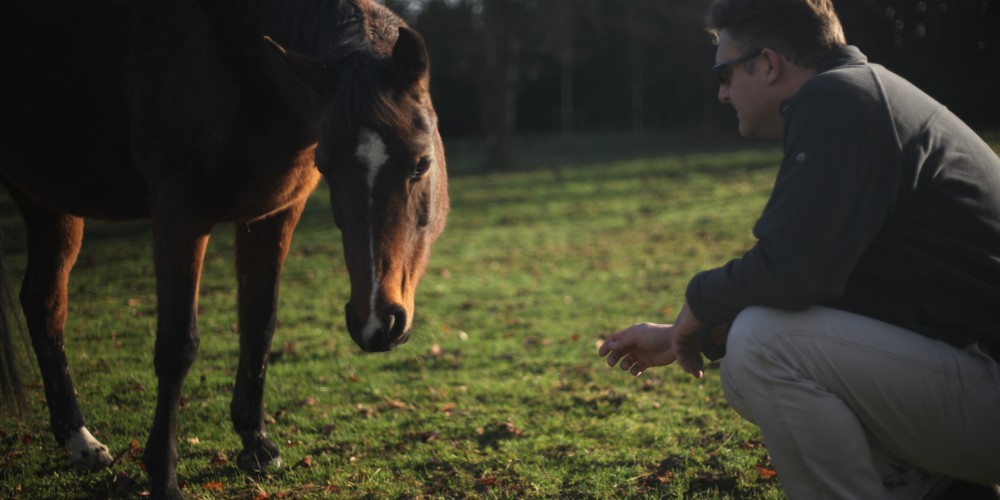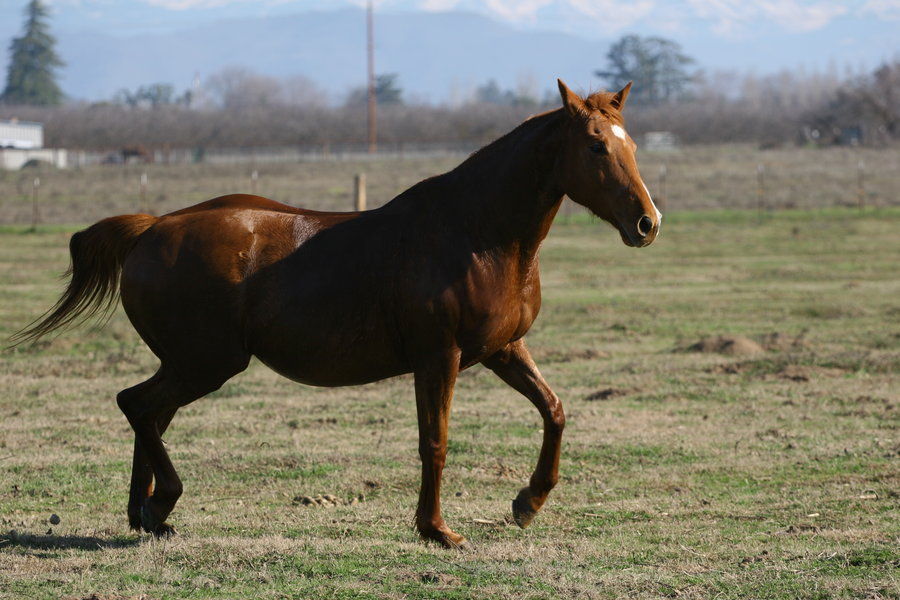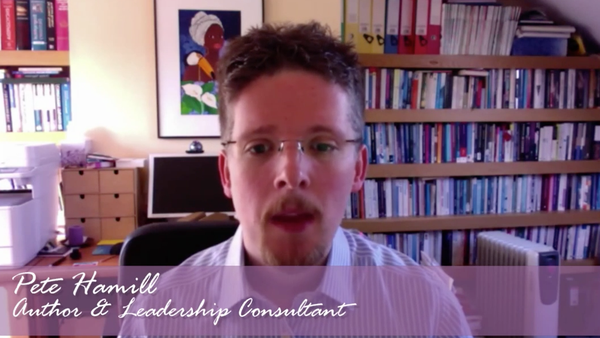The Sacred Dance of Relationships
February 10, 2015 by Kathleen
It is fitting that this newsletter is focusing on relationship and connection this month of Love. What exactly defines a good relationship and how does love come into it? This is not the kind of Valentine love we associate with romance and one person but the kind of love which happens between species and joins like hearted animals and people in the sacred dance of relationship.
A recent study cited in the Journal of Clinical Psychology has been under a lot of discussion with facilitators and practitioners of Equine Facilitated Learning(EFL) and Psychotherapy (EFP). The study questions the efficacy of EFL and I believe that it is good to see this modality reviewed. However, I feel a need to stand up for this work that is so relationship-based and when practiced by ethical facilitators can be life changing.
What I have noticed in the 30 plus years I have worked as a psychotherapist and in the practice today as a credentialed coach is that many individuals do not understand or operate within their scope of practice. In order to genuinely do this we must “Know thyself”. This encompasses understanding the concepts of projection and transference and being able to identify when we are into “our own stuff”. Not a technical term but one which describes the practice of taking our personal inventory, much like the practice described in step 10 of the 12 step program. My mentorship program requires people to thoroughly understanding their own thoughts and emotions in order to not affect the relationship possible between the horse and the client. This takes courage and a special kind of person who deeply understands the gift and the fragility of working with people and animals.
I recently came across an old study conducted at the University of Chicago in the 1950’s where Eugene Gendlin, at the time a young graduate student working with the great American Psychologist Carl Rogers, set out to find why some people in therapy have successful outcomes and others don’t. As a former practicing psychotherapist myself I intuitively knew that their findings were accurate and today very relevant. Gendlin and his associates were able to determine that it was not a particular form of therapy that was the crucial variable or even the skill of the therapist but rather the ability of the client to connect with and speak from a “nonconceptual, bodily felt experience” of the issues that were troubling them.
The research done on Implicit Knowing – that bodily felt sense – and Gendlin’s work demonstrate that it is some kind of unclear inner sensation that cannot be fully expressed that makes the biggest difference in healing. The “felt sense” is a place between the conscious and the unconscious and often lies below the level of everyday awareness and thus is often difficult to put into words and be known by our left brain. This felt sense is what the horses, as prey animals, respond to when we are interacting with them. Implicit Knowing is that place in-between where healing happens and a place which is readily identified by the horse and solidified for the client by an adept facilitator.
Eugene Gendlin’s book “Focusing” and the work of many psychologists in the field of human development, most notably Daniel Siegel’s book “Mindsight” are some examples of the recent studies being done on the importance of the body and a spiritual practice for lasting healing. Our work with horses requires us to be in our bodies and to be open the unknown and the unexplainable process that happens only in relationship.
Effective Leading
February 10, 2015 by Kathleen
Written by Erika Uffindell posted on the Global Centre for Conscious Leadership:
What does three days spent with a herd of horses and conscious leadership have in common? A lot as it turns out!
For some people, spending three days with a herd of horses would be a sublime way to spend their time. For others it might be close to terrifying. However, this is what I have just done in order to understand how horses help us become better leaders. For clarity, I have worked with horses before in terms of personal development, but this specific program demonstrated to me the importance of bringing our full capacity to leadership. The program was entitled The Zone of Intuitive Knowing – but I renamed it ‘Everything you need to know about what’s holding you back from leading effectively.’
Leadership skills can emerge from all manner of places – traditional and non-traditional – if we are open to embracing new ways of thinking and being. Today we speak about emerging leadership practices like embodied leadership, mindfulness, spiral dynamics, systemic coaching, meditation and many other ways of helping to bring our full selves to our leadership roles. To be fully present in order to exercise the right judgement is key, whether that’s taking difficult decisions, building relationships or creating a vision for the future. As leaders we need to be able to work at our full capacity to consciously effect positive outcomes for our organisations.

So, back to the horses. I felt in very safe hands with Kathleen Barry Ingram (Co-Creator of the EPONA approach) and Sun Tui, founder of IFEAL (International Foundation Equine Assisted Learning). The work is a blend of theory, including the science behind how our brains work (yes, ‘brains’; we have three – the head the heart and the hara or gut) and the practice of applying these. According to Kathleen and Sun Tui, it’s our ability to integrate all three brains that is key for leadership today. I am grateful to be practiced in this thinking and work through my day-to-day leadership facilitation and consultancy, but I was intrigued to see how this applied when working with the herd.
For many leaders the challenges of today’s business world – strategizing, managing complexity and the continual overload of information – means we live in our heads most of the time. And just occasionally we get to use our hearts when dealing with more human-centered situations. What we tend to do under pressure is either move into our heads, using data, or swing into a more emotional response, using our hearts.
What this work shows us is how to connect the ‘three brains’ of the head, heart and hara (the gut) to remain connected and awaken that deeper sense of knowing that manifests in ‘right thought, right action.’
Working to integrate these three is of course pretty tricky, particularly when you haven’t done it before. The missing piece in enabling us to do this effectively is, I found out, the horse.
Horses have the ability to mirror our presence and offer immediate feedback. What often happens in tough situations is our relationship with our self and with others is lost or put aside when a goal, difficult decision or time constraint is present. What we learn from the horse is how to remain grounded in relationship. Maintaining connection whilst manifesting our goals and intentions involves our heart, intention from our brain, and pressure (or direction) from the belly or power center of our bodies. When one is predominant (or where balance is lost) the horse will often stand stock-still or be overcome with confusion. Basically that means we are ‘really not getting through’ in the way we need to.
It took time to get used to this type of practice, to be aware when one is switching into the rational mind alone and of the disconnection that is so easy to fall back into.
As Pete Hamill writes in his book Embodied Leadership: “These types of practices enable us to live more fully in our body, rather than a short distance from them and to experience that connection to emotions, purpose and our shared humanity – through this lies the path of leadership and mastery.”
I witnessed and experienced frustration, vulnerability, empowerment, inspiration, connection, reflection and stillness during those three days. The moment when you really connect with a horse, using the three brains, you feel the difference – and it fills you with an incredible sense of deep knowing. It shows you what is possible in human relationships when we are fully present and use our full capacity. The difference this could make to how we lead, connect and engage with others is profound and truly being in relationship to self and others is an incredible feeling – it’s like ‘coming home’.
Join Pete Hamill (Author of Embodied Leadership) for a morning workshop in London on Friday 27 Feb 2015.


